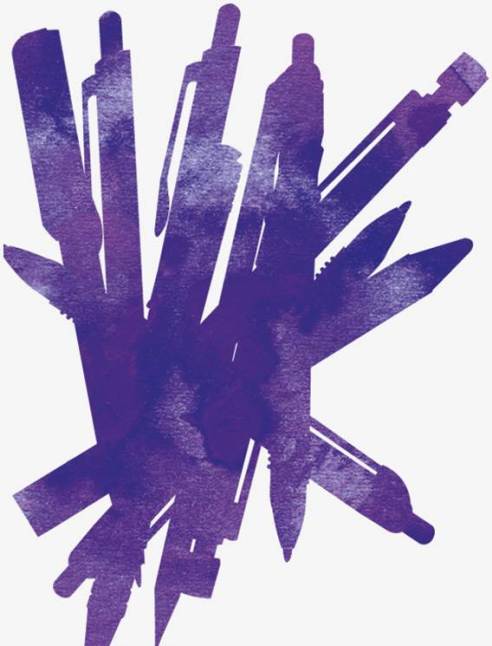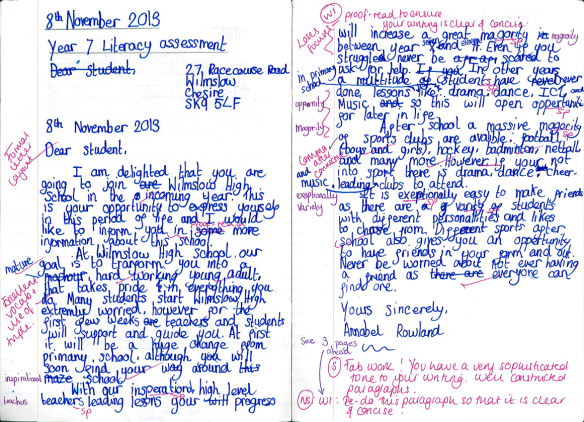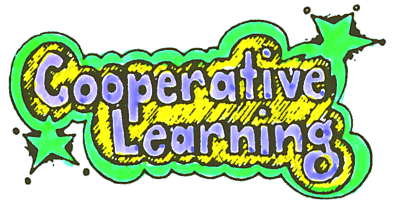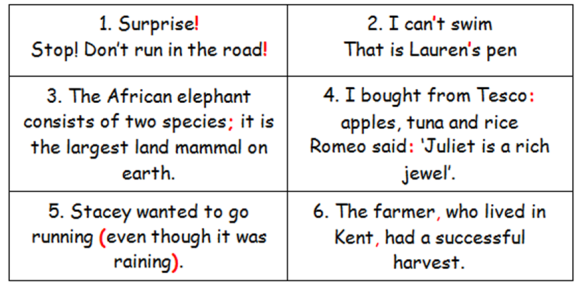Helen Birchill, Susan Knowles, Charlotte Goodchild and Sarah Jones share the results of their Action Research Project.
Are you fed up with spending hours marking students’ work only for your feedback to be ignored? Would you like a strategy that enables you to show Ofsted how students have acted upon your advice and made progress? Do you think that students should take on some of the responsibility for drafting and improving their work?
If your answer is ‘yes’ to all of the above – then purple pens might just be what you’re looking for!
Like you, we felt that we needed a new approach to marking; one that would keep the volume of marking in proportion to the level of impact it would have on improving learning outcomes.
Faced with students repeatedly skimming over our (meticulously) written comments, we trialled the use of ‘response pens’ across a range of curriculum areas and year groups as a way of getting students to engage with teachers’ feedback and – most importantly – act upon this and make progress.
In short, the concept of response pens is that when students receive marked work back, they are given time in lesson to reflect upon and respond to this thereby creating a dialogue between teacher and pupil. As a group, we decided to encourage students to use a purple pen to annotate and improve their work; this could be something as simple as correcting spellings or grammar or for the more advanced students substantiating ideas with detailed theories and evidence.
Whilst the colour of the pen doesn’t really matter, we found that students not only enjoyed the novelty and routine of using it, but the use of a coloured pen also allowed both teacher and student to see – at a glance – the progress being made. Often, we found that once students were au fait with this process, they would refer to their annotations when faced with a similar task or examination question. In fact, by the end of trial students would frequently request the hallowed purple pen as soon as soon as they received their books back in anticipation of being able to autonomously improve their work.
Obviously, this process should by no means be regarded as a strait-jacket; there are numerous ways and methods by which we can adapt our practice and encourage students to ‘close the gap’ and act on feedback. However, we found that as a concept response pens required only a small amount of teacher input with regards to introducing the strategy, yet resulted in maximum student benefit.






